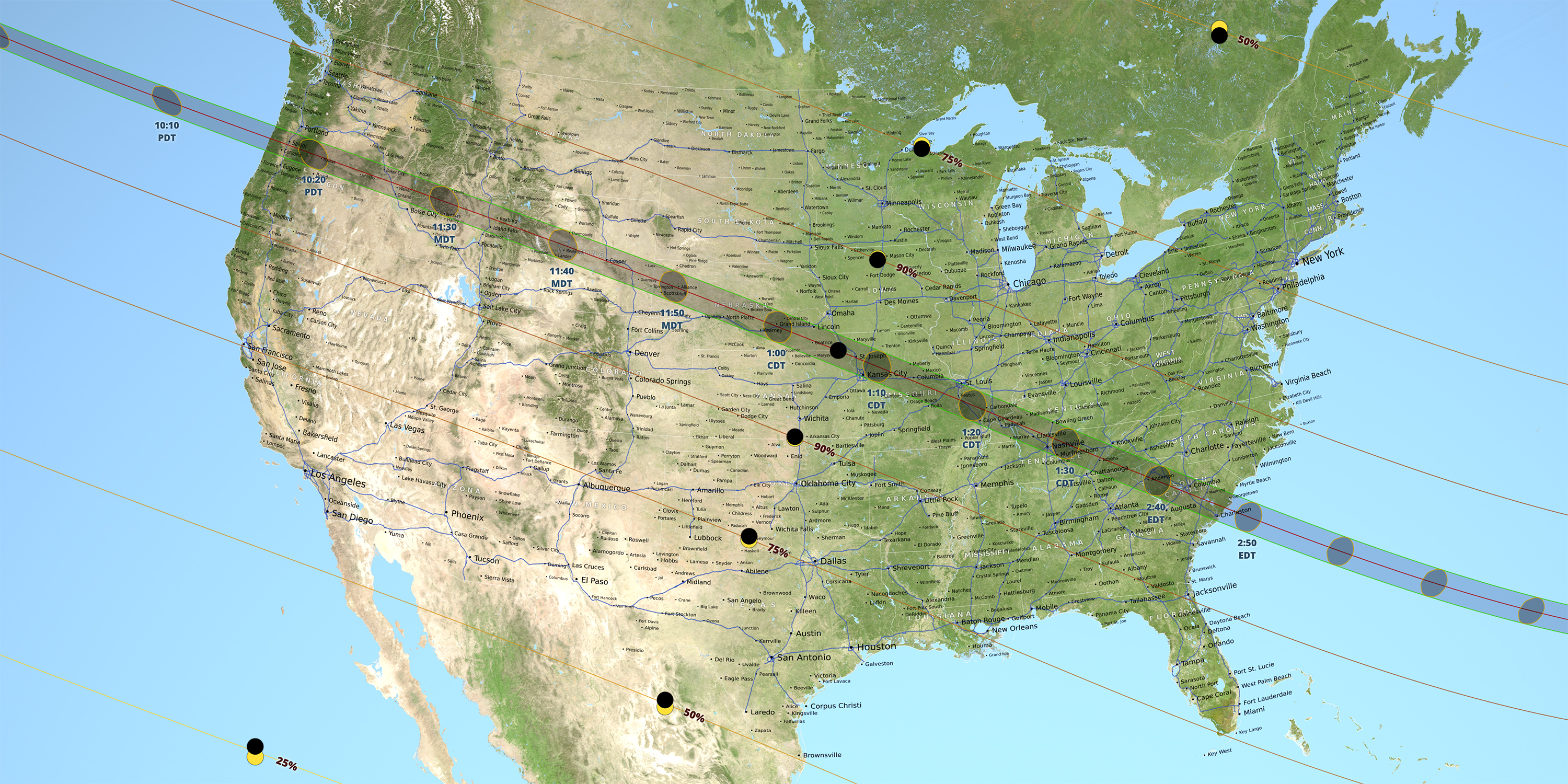Glitter Jar
Glitter is not my favorite. I try to keep it out of our home, but it’s getting more difficult. Not only do my kids bring it home on art projects, but I didn’t realize how glittery it would be to have a daughter! Glitter on shoes, shirts, pants, backpacks, notebooks, and toys. Glitter that finds its way into every corner of every room of our house. I can count on glitter in the dustpan when I sweep the floors.
As much as I complain about glitter, I do appreciate Glitter Jars. They are simple to make – add water and food coloring to an upcycled water bottle. Add glitter and shake. Glitter swirls around in every direction, like a sparkly, colorful snow globe, it’s mesmerizing.
Sometimes my mind feels like that snow globe–thoughts dart in every direction. To-do lists, work requests, full mail boxes, and I do mean plural with voicemails, emails and paper mail. Family commitments on top of it all make me forget why I walked into a room, and wonder what I meant with a calendar entry.
From well-intentioned extra-curricular activities to technology distractions, I know kids feel it too. When I’m teaching, I wonder why I need to repeat directions times or explain concepts yet again. But then I remember that their young minds are distracted just like mine. And they’ve learned fewer tools to cope.
Life doesn’t have to be so jumbled up. Though swirling glitter is fun to watch, it eventually settles. Just so, as I sit mesmerized by the Glitter Jar, my mind focuses and my thoughts slow.
The education team at Next Step is developing a variety of Mindfulness & Movement resources for educators. In the next month we’ll roll out–
- A collection of cards outlining 5-minute activities to help kids in classrooms and at home focus their thoughts and balance their emotions.
- We’ll offer workshops and coaching to help you integrate these and other strategies into your classroom or family life.
- And we have a trained team that’s ready to bring Mindfulness and Movement to the kids you work with, in or out of school. Urbandale’s Adventuretime program is the first to schedule this program.
Like the Glitter Jar that settles with just a few minutes of stillness, some mindful moments can turn an overwhelming classroom or household into a refuge of calm. Sometimes a small change is all we need to make for a big impact.









